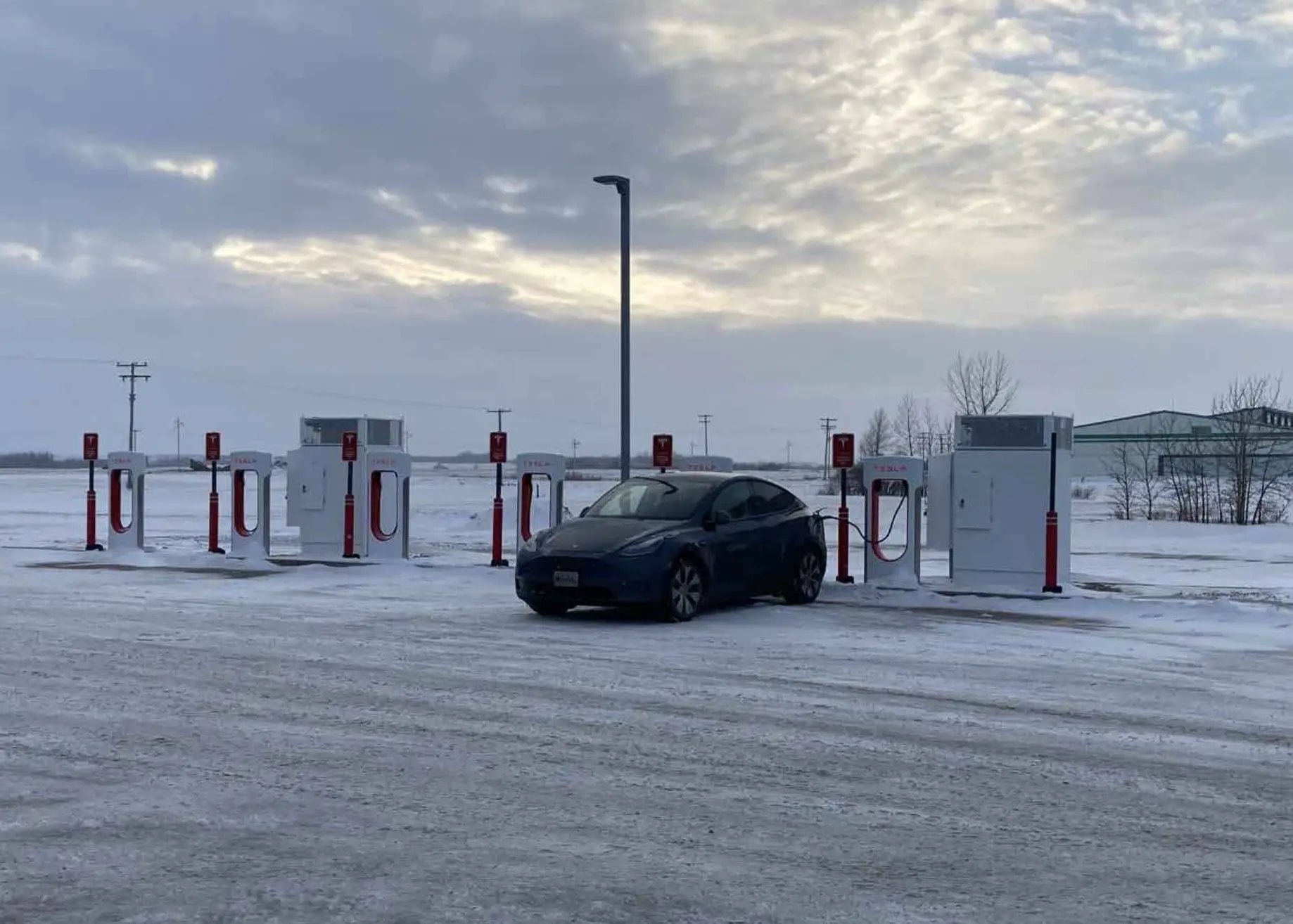Is your EV charging infrastructure prepared to handle the scorching heat of summer and the frigid cold of winter? Extreme temperatures can wreak havoc on charging equipment, leading to reduced performance, increased maintenance costs, and even complete failure.
Maintaining EV charging infrastructure in extreme climates (-30°C to +50°C) requires careful material selection, robust thermal management, strategic placement, proactive software monitoring, and, most importantly, a more aggressive preventative maintenance schedule.
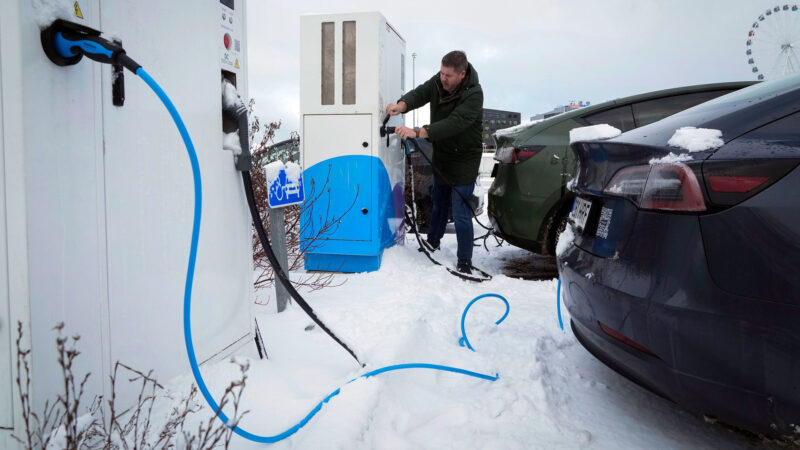
Don’t let extreme weather catch you off guard. The following sections go in-depth about the challenges and the most effective, and sometimes unconventional, best-practice solutions.
What are the Specific Impacts of Extreme Cold (-30°C) on EV Chargers?
Imagine trying to bend a plastic spoon that’s been sitting in your freezer. It’s likely to snap, right? The same principle applies to many components within EV chargers when exposed to extreme cold.
Extreme cold can cause materials to become brittle, leading to cracks in cables, connectors, and housings. It reduces battery performance in both the EV and potentially within the charger itself, and can even cause condensation issues when temperatures fluctuate.

The Overlooked Consequences of -30°C
The impacts of -30°C temperatures extend beyond the obvious. Here’s a more in-depth look:
- Material Degradation:
- Cables: Standard PVC cables become extremely stiff and prone to cracking at -30°C. This exposes internal wiring to the elements, creating a safety hazard.
- Solution: Use cables specifically rated for extreme cold, often made with silicone compounds.
- Connectors: Plastic connectors can contract and become brittle, leading to poor connections or breakage.
- Solution: Opt for connectors with metal components or cold-weather-rated polymers.
- Housings: Repeated freezing and thawing cycles can cause micro-fractures in plastic housings, compromising their waterproof seals.
- Solutions: Look UV-stabalized materials, and focus on the long-term degredation.
- Cables: Standard PVC cables become extremely stiff and prone to cracking at -30°C. This exposes internal wiring to the elements, creating a safety hazard.
| Component | Impact of -30°C | Solution |
| Cables | Become brittle, crack, expose wiring | Use cold-weather-rated cables (e.g., silicone) |
| Connectors | Contract, become brittle, break, poor connection | Use metal components or cold-weather-rated polymers |
| Housings | Micro-fractures, compromised waterproof seals | Use UV-stabalized material, and account for long-term degredation |
| Internal Components | Condensation, corrosion, and electrical failures | Proper ventilation or desiccant packs within the EV charger enclosure are. |
- Reduced Efficiency:
- The internal components are not always rated for the extreme cold, leading to increased energy consumption for the built-in heaters.
Condensation:
Internal components can fail due to condensation and corrosion.
What are the Specific Impacts of Extreme Heat (+50°C) on EV Chargers?
Just as extreme cold can make materials brittle, extreme heat can cause them to soften, warp, and degrade. Think of a plastic dashboard in a car parked in direct sunlight – it can become sticky and even crack over time.
Extreme heat can lead to overheating of internal components, reducing charging efficiency and potentially causing permanent damage. UV radiation from the sun also degrades materials, accelerating wear and tear.

Beyond the Obvious Effects of +50°C
The challenges of +50°C temperatures extend beyond simple overheating:
Component Degradation:
- Housings: UV radiation and high temperatures cause plastics to fade, become brittle, and crack. This compromises the charger’s protection against the elements.
- Solution: Use UV-resistant housings and coatings.
- Internal Components: Electronic components operate less efficiently at high temperatures, leading to reduced charging speeds and increased risk of failure.
- Solution: Make sure the EV Charger has an active cooling system.
Reduced Charging Speed:
- Chargers may automatically reduce power output to prevent overheating, leading to longer charging times.
Increased Resistance:
- Cables can overheat and experience increased resistance, reducing charging effiency.
| Component | Impact of +50°C | Solution |
| Housings | Fade, become brittle, crack, UV degradation | Use UV-resistant housings and coatings |
| Internal Components | Reduced efficiency, increased risk of failure | Use heat-resistant materials; implement active cooling (fans, liquid cooling) |
| Cables | Increased resistance, reduced charging efficiency | Cable management to minimize exposure |
What Preventative Maintenance Steps Should Be Taken Before Extreme Weather Seasons?
Don’t wait for the snow to fly or the sun to blaze. Proactive maintenance is the key to preventing costly repairs and downtime. It’s like getting your car serviced before a long road trip.
Before extreme weather seasons, inspect all components for wear and tear, ensure proper ventilation, check cooling/heating systems (if applicable), and update firmware to the latest version.
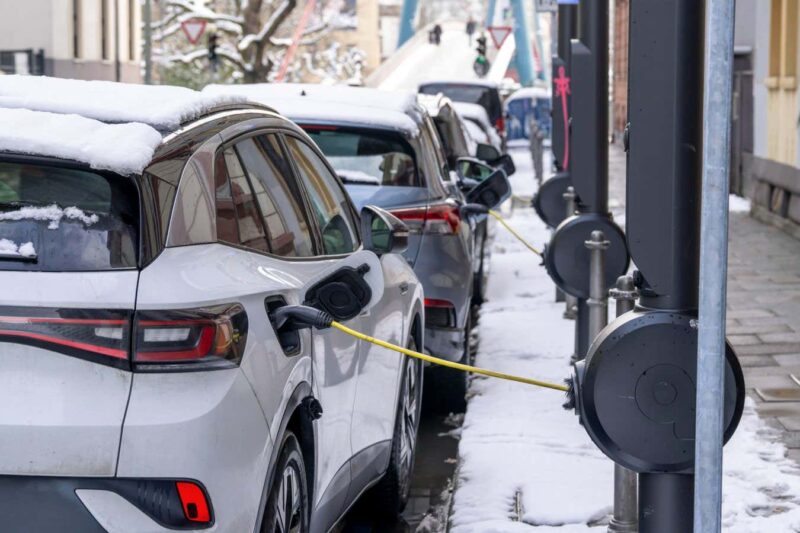
A Proactive Checklist
Here’s a detailed preventative maintenance checklist:
Visual Inspection:
- Cables and Connectors: Check for cracks, fraying, discoloration, or any signs of damage.
- Housing: Look for cracks, warping, or any signs of water ingress.
- Mounting Hardware: Ensure the charger is securely mounted and that all bolts are tight.
- Vents: Clear any obstructions (leaves, debris) that could restrict airflow.
Functional Testing:
- Cooling System (if applicable): Test fans and pumps to ensure they are operating correctly.
- Heating System (if applicable): Verify that heaters are functioning and providing adequate heat.
- Charging Test: Perform a test charge to ensure the charger is delivering the correct power output.
Software Updates:
- Firmware: Check for and install any available firmware updates. These often include performance improvements and bug fixes related to temperature management.
Cleaning
- Clean any connectors to remove debris that could interfere with charging
What are the Best Practices for Maintaining Chargers During Extreme Cold?
When the temperature plummets, it’s not just about keeping warm. Your EV chargers need special attention too. Think of it like winterizing your home – you need to take steps to protect it from the elements.
During extreme cold, prioritize keeping the charger and its components warm. This may involve using chargers with built-in heaters, pre-heating the charger before use, and sheltering the installation from wind and snow.
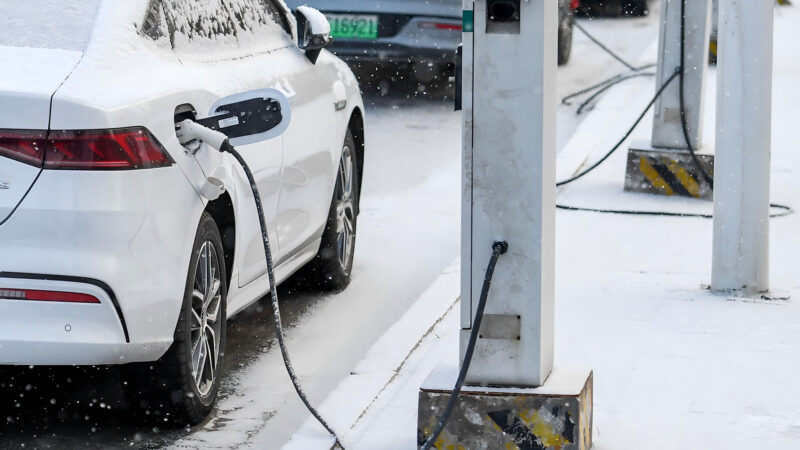
Surviving the Deep Freeze
Here are some specific strategies for maintaining chargers during extreme cold:
- Pre-Heating: Some chargers have a pre-heating function that warms up the internal components before charging begins. This improves charging efficiency and reduces stress on the equipment.
- Shelter: If possible, install chargers in a sheltered location, such as a garage or under a canopy. This minimizes exposure to snow, ice, and wind chill.
- Snow Removal: Regularly clear snow and ice from around the charger and its connectors. This prevents damage and ensures easy access.
- Cable Management: Avoid leaving cables lying on the ground where they can freeze and become brittle. Coil them up and store them in a protected location when not in use.
- Material Selection:
*Choose chargers and all components that are designed to remain flexible and resist cracking at low temperatures.
What are the Best Practices for Maintaining Chargers During Extreme Heat?
Just as extreme cold requires special precautions, so does extreme heat. Think of it like protecting your skin from the sun – you need to take steps to prevent damage.
During extreme heat, the primary focus is on keeping the charger cool. This involves providing shade, ensuring adequate ventilation, and potentially using active cooling systems (fans, liquid cooling).
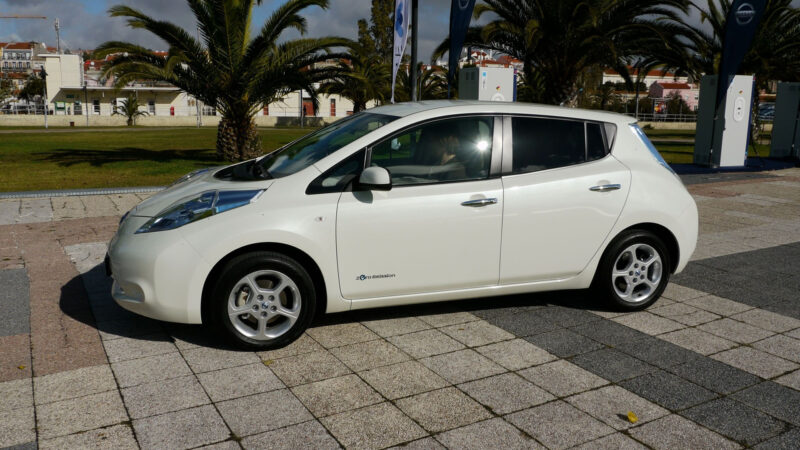
Beating the Heat
Here are some specific strategies for maintaining chargers during extreme heat:
- Shading: Install chargers in a shaded area or provide shade with a canopy or awning. This significantly reduces the temperature of the charger.
- Ventilation: Ensure there is adequate airflow around the charger. Avoid installing it in enclosed spaces without proper ventilation.
- Active Cooling: For high-power chargers or installations in very hot climates, consider using chargers with active cooling systems, such as fans or liquid cooling.
- Reduced Charging Rates: Some chargers can automatically reduce the charging rate in extreme heat to prevent overheating. This may increase charging times but protects the equipment.
- Material Selection:
- Choose charger housings and interal componets made from heat-resistant materials. Look for UV-resistant coatings to prevent degration from prolonged sun exposure.
How Often Should Maintenance Be Performed in Extreme Climates?
In moderate climates, annual or bi-annual maintenance may be sufficient. However, extreme conditions demand a more proactive approach.
In extreme climates, maintenance should be performed more frequently, ideally quarterly or even monthly, depending on the severity of the conditions.[^1]
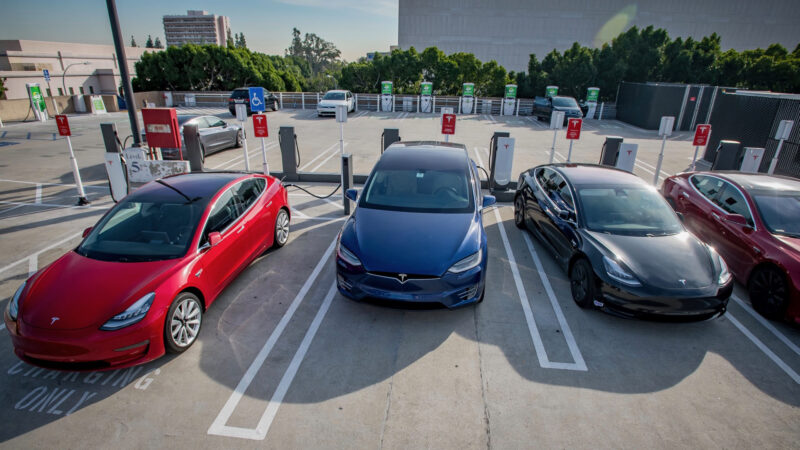
A Tailored Maintenance Schedule
The frequency of maintenance depends on several factors:
- Severity of the Climate: More extreme temperatures (closer to -30°C or +50°C) require more frequent maintenance.
- Charger Type: High-power chargers (DC fast chargers) generally require more maintenance than lower-power chargers (Level 2).
- Usage: Chargers that are used frequently require more maintenance than those that are used infrequently.
- Manufacturer Recommendations: Always follow the manufacturer’s recommended maintenance schedule, but consider increasing the frequency in extreme climates.
| Climate Severity | Charger Type | Usage Frequency | Recommended Maintenance Frequency |
| Extreme | High-Power | High | Monthly |
| Extreme | High-Power | Low | Quarterly |
| Extreme | Low-Power | High | Quarterly |
| Extreme | Low-Power | Low | Bi-Annually |
| Moderate | Any | Any | Annually or Bi-Annually |
It may seem like overkill, but I have seen the first hand consequences of neglected maintenace in extreme climates. During my early days in this industry, I remember a project in northern China where we installed a network of chargers. We initially followed the standard annual maintenance schedule. Within a year, we experienced a much higher than expected failure rate due to the extreme cold and temperature fluctuations. We quickly learned our lesson and switched to a quarterly maintenance schedule, which significantly reduced the number of issues.
Conciusion
Maintaining EV charging infrastructure in extreme climates is a challenge, but it’s a challenge that can be met with the right knowledge and approach. By understanding the specific impacts of extreme temperatures and taking proactive steps to mitigate them, we can ensure the reliable operation of charging networks, regardless of the weather. Remember to think beyond the basics and address the often-overlooked details.
As an experienced EV charger manufacturer, TX ensures all charging products undergo rigorous pre-delivery testing in safety, functionality, and environmental adaptability. This guarantees stable operation of charging stations in complex conditions and long-term durability. For EV charging solutions that exceed expectations, we are your trusted partner. Contact us today to explore how we can meet your needs.

